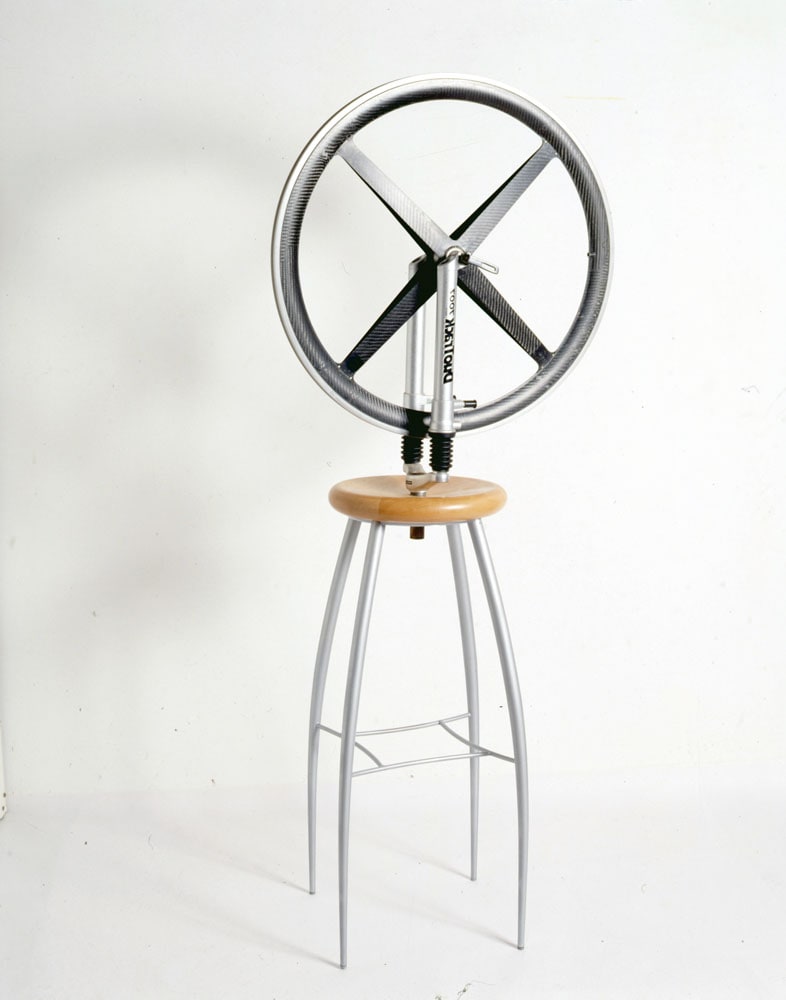Director: Halit Refiğ
Cast: Göksel Arsoy, Leyla Sayar, Nilüfer Aydan, Ahmet Tarık Tekçe, Ekrem Bora
Turkey, 1963, 120’, b&w
Turkish with English subtitle
1960s when Yeşilçam is on its way to form its own character and consolidate its outlines... The mega production of Yeşilçam in that era is Watchmen of Dawn, which conveys Göksel Arsoy’s passion, airplanes, to cinema. Arsoy is involved in almost all its stages, as producer and lead actor with Ekrem Bora, and even exceeds the speed of sound in the plane during the shoot. The first ever aeronautics film made in Yeşilçam, its box office record was not broken for four years. This film is screened for Göksel Arsoy who will receive this year’s Cinema Honorary Award.

In 1998 Ben Jakober and Yannick Vu collaborated on an obvious remake of Marcel Duchamp’s Roue de Bicyclette, his first “readymade” object. Duchamp combined a bicycle wheel, a fork and a stool to create a machine which served no purpose, subverting accepted norms of art.
Tuesday - Saturday 10:00 - 19:00
Friday 10:00 - 22:00
Sunday 12:00 - 18:00
The museum is closed on Mondays.
On Wednesdays, the students can
visit the museum free of admission.
Full ticket: 300 TL
Discounted: 150 TL
Groups: 200 TL (minimum 10 people)